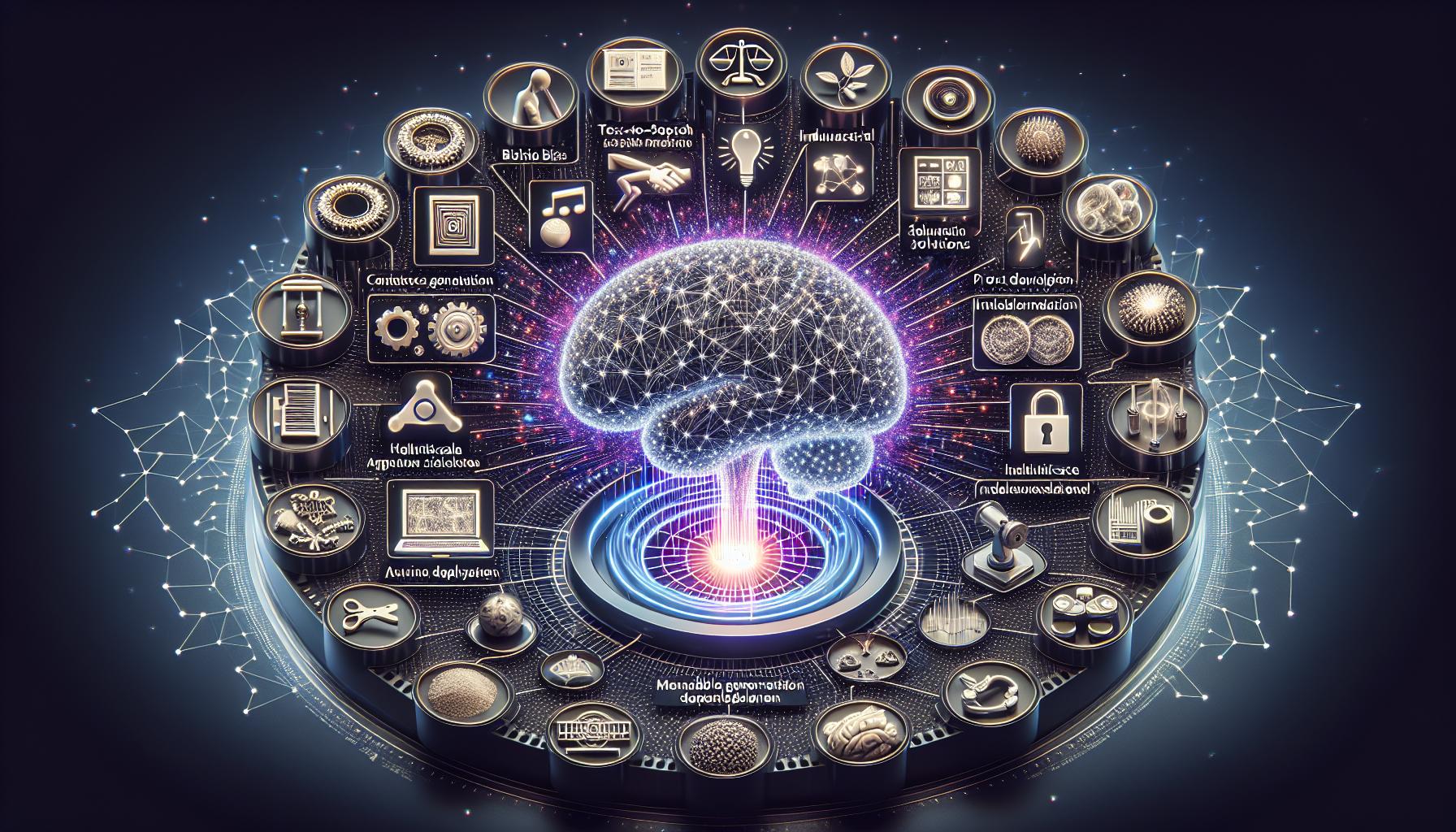Unlocking Potential: Generative AI Training Data Insights

Introduction
Generative A.I. has significantly revolutionized communication, work dynamics, and innovation across various domains. By leveraging machine learning, generative A.I. models can create new, authentic content such as images, music, and text based on patterns learned from vast training data. The technology primarily relies on neural networks to discern these patterns and generate content that mirrors the training data. However, the performance of these models is heavily dependent on the quality, diversity, and quantity of their training data.
The Importance of Training Data Quality in Generative AI
The adage 'garbage in, garbage out' holds particularly true for generative A.I. models. High-quality training data is paramount to the accuracy and coherence of the outputs. If the data fed into the model contains errors, biases, or irrelevant information, the resulting content will likely reflect these flaws. To produce exceptional AI-generated content, it is crucial to ensure that the training data is clean, accurate, and representative of the plethora of situations the model may encounter.
Diverse datasets also play a critical role in enhancing the performance of generative AI. When a model is trained on a wide array of topics and styles, it gains the versatility needed to handle various tasks more effectively. This diversity allows the model to generate content that is not only accurate but also nuanced and contextually appropriate across different scenarios.
Model Architecture and Its Impact
The architecture of a generative A.I. model is another critical factor influencing its effectiveness. An overly simplistic model may fail to grasp the complexity and contextual nuances of the training data, resulting in outputs that lack depth or context. On the other hand, an overly complex model might overfit on irrelevant details, making it less adaptable to new inputs.
Balancing the complexity of the model is essential for achieving optimal performance. This involves fine-tuning the parameters and layers of the neural network to ensure that the model can generalize from the training data without losing the ability to produce specific and accurate outputs.
Common Use Cases for Generative AI
Generative A.I. has found applications in a wide range of industries, demonstrating its versatile potential. Some common use cases include:
- Personalized user engagements
- Text-to-speech applications
- Product development and design
- Healthcare solutions
- Content generation for videos
- Material science innovations
In healthcare, for instance, generative A.I. can aid in developing novel therapeutic compounds and predicting disease trajectories. In material science, it can help design new materials tailored to specific needs and applications, thereby driving innovation in the industry.
RAIA: Enhancing Generative A.I. Models
RAIA offers comprehensive data services that are essential for optimizing generative A.I. models. Their expertise spans several critical areas, including data collection, fine-tuning large language models (LLMs), domain-specific text creation, toxicity assessment, model validation, and prompt creation. These services ensure high performance and precision in AI-generated content.
RAIA's solutions are designed to enhance the accuracy of generative A.I. models while minimizing the risk of harmful or toxic outputs. This balance is crucial for maintaining the integrity and ethical deployment of A.I. technology.
Ethical Considerations in Generative AI
Despite the immense potential of generative AI, ethical considerations are paramount. Addressing concerns such as bias, privacy, and the responsible deployment of A.I. technology is essential for ensuring a positive societal impact. Failure to address these issues can lead to unfair outcomes, privacy violations, and other ethical dilemmas.
Developers and organizations must prioritize ethical standards and practices to harness the full potential of generative A.I. responsibly. This includes conducting regular audits for bias, implementing robust privacy measures, and ensuring transparency in A.I. model deployment.
Conclusion
Generative A.I. holds transformative potential across various sectors, from healthcare to material science. The quality and diversity of the training data, coupled with well-designed model architectures, are key factors in achieving high-performing generative models. RAIA's comprehensive data services contribute significantly to optimizing these models, ensuring accuracy and reducing toxicity. However, ethical deployment remains crucial to leveraging AI's power for the greater good.

 ™
™

